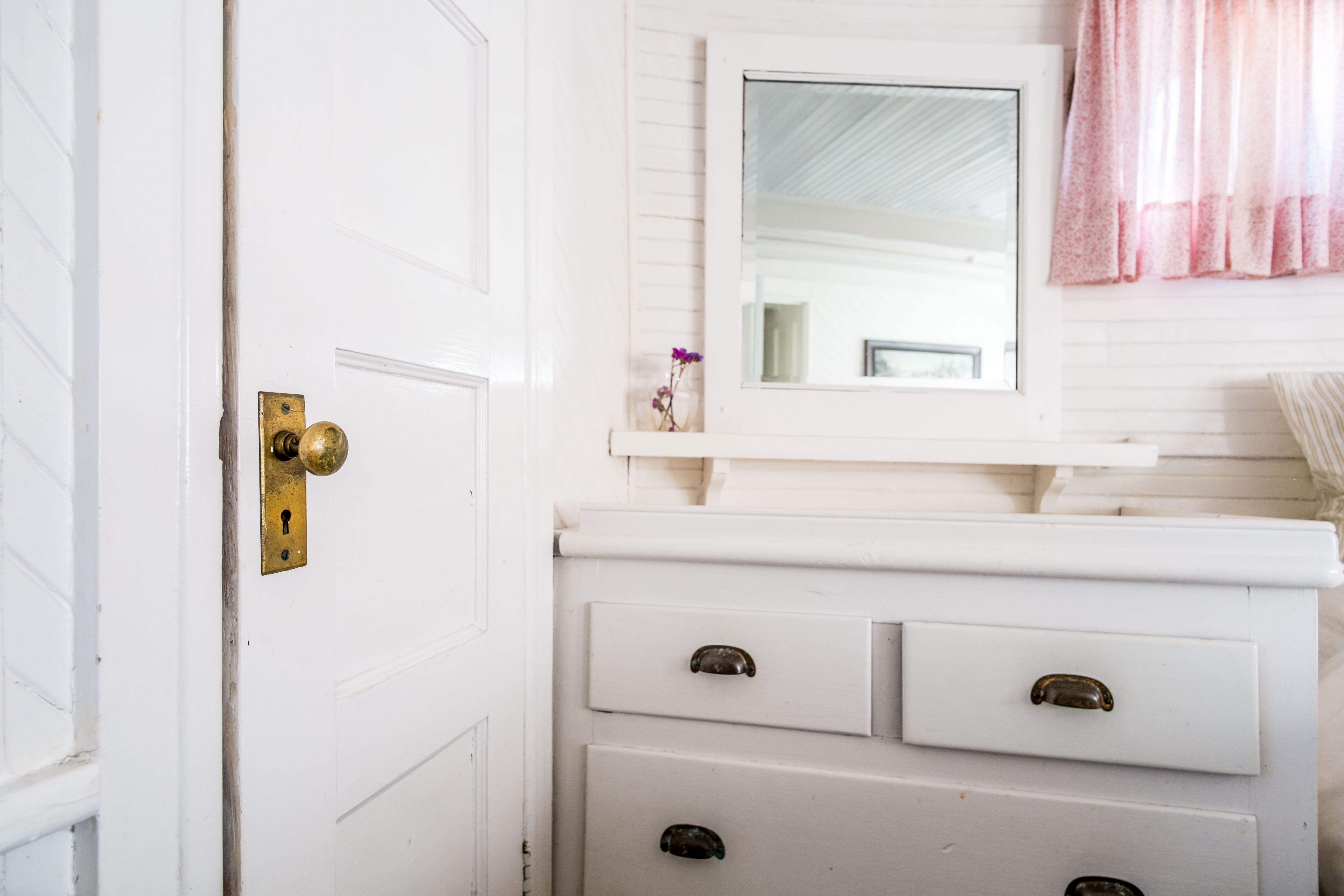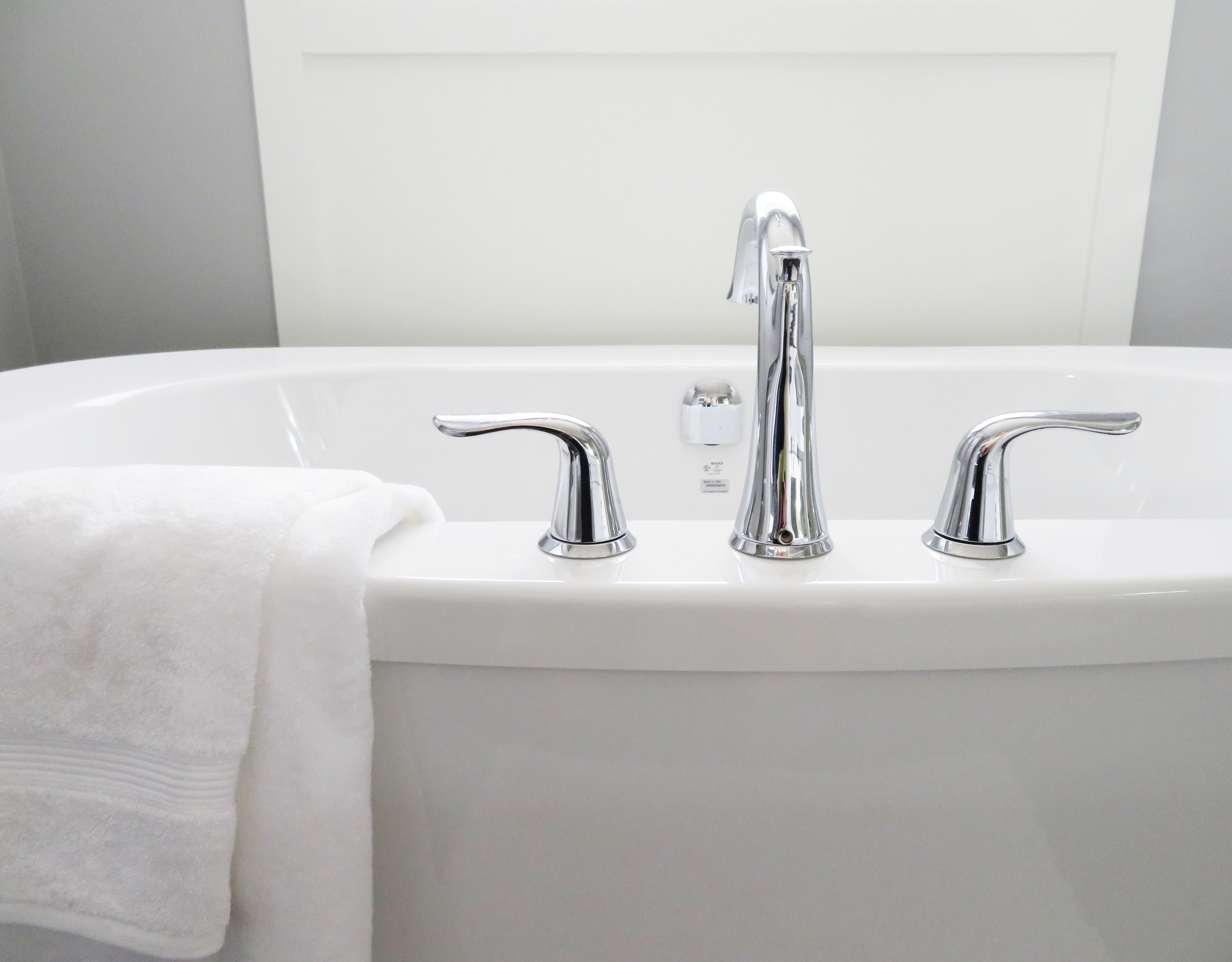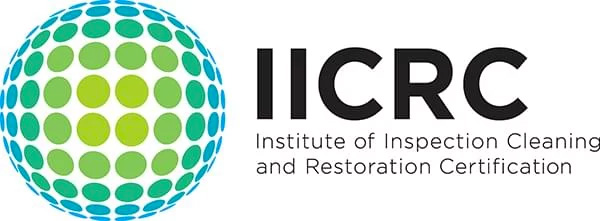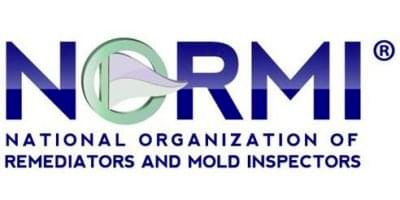How to Prevent Mold in Your Bathroom
Regardless of where you live, trying to keep your bathroom mold-free is always a daunting task. That’s mainly because of the presence of plenty of moisture, organic materials from soaps, and the room’s frequent use.
And if the growth is extensive, it becomes almost impossible to get rid of the fungus… Almost!
It is a fact that mold removal is never easy or cheap. And to make matters worse, its presence puts you and your family at risk of contracting a number of health-related issues.
What’s more, the presence of mold adversely affects the functionality and aesthetic aims you desire for your bathroom to have.
With that in mind, it’s easy to see why keeping your bathroom mold-free is valuable. Since prevention is always more effective than curing a problem, the following article will be answering the question you are probably asking yourself right now: How can I keep mold out of my bathroom?
Checking for the Presence of Mold in Your Bathroom
Are there already noticeable traces of mold in your bathroom? If so, you need to contact a specialist and take the necessary steps to get rid of the problem. Some of the common bathroom areas where mold formation easily occurs include tiles, grout, caulk, sinks, toilet, walls, ceilings, windows, towels, robes, mats, and shower curtains.
To contain the damages of your current mold situation, the list above includes the best areas to thoroughly inspect. If you don’t find any traces of these irritating fungi after your examination, you can proceed to set up some preventative measures.

How to Prevent Mold in Your Bathroom
Cleanliness and moisture control are effective ways to create a mold-free bathroom environment. This doesn’t mean that you should stop taking a shower or using your bathroom.
It simply means to make sure that there are systems in place to expel excess moisture and dirt outside of your bathroom at all times. Below are a few sure ways that you can keep mold away from your bathroom.
Regulate Your Bathroom Humidity
Excess moisture is always the leading cause of mold formation. Bring the humidity down and your bathroom becomes close to mold-proof. How can you achieve this?
Install a strong exhaust fan.
Just like an AC system, exhaust fans help in expelling excess moisture from your bathroom. You should run your fan every time someone takes a shower and for at least 30 more minutes after they are finished.
When looking for a good fan, you’ll need to take your bathroom’s cubic feet per minute (cfm) into consideration. The bigger the space, the more power it needs. If a fan proves to be too much of an investment, you can always opt for a simpler alternative: opening your bathroom windows wide, letting the room breathe, is another great way to quickly dry out your bathroom.
An open window improves the air flow and also provides a bigger and simpler escape route for excess moisture. If you add some sunlight into the mix, drying your bathroom becomes easy and cost-effective.
Ensure you drain or dry all the water out.
Poor drainage can cause an increase in humidity in your bathroom, especially if there are pools of stagnant water in the room. It’s imperative to ensure that water drains out of the bathroom without a hitch.
If possible, taking a minute to get rid of any excess water with a towel can also be a helpful preventative task. Placing special attention to your tub, sink, tiles, grout, and soap holders where mold is likely to grow. This not only helps to regulate the room’s humidity but also ensure that there’s no dirt (dust or organic materials) available to form the mold.
Try to keep your loofahs, shampoos, bathing products, and toys in a cool dry place. If you have any gaps in between your grout and tiles, it would be wise to fill them up. These spaces often trap water, dust, and moisture creating a very conducive environment for mold growth.
Also, we recommend to check your plumbing for leaks. Even a tiny leak can cause an increase in moisture and mold formation. Make sure to do regular inspections of your bathroom pipes, faucets, and seals to check for leaks or wetness.
Ensure you drain or dry all the water out.
Poor drainage can cause an increase in humidity in your bathroom, especially if there are pools of stagnant water in the room. It’s imperative to ensure that water drains out of the bathroom without a hitch.
If possible, taking a minute to get rid of any excess water with a towel can also be a helpful preventative task. Placing special attention to your tub, sink, tiles, grout, and soap holders where mold is likely to grow. This not only helps to regulate the room’s humidity but also ensure that there’s no dirt (dust or organic materials) available to form the mold.
Try to keep your loofahs, shampoos, bathing products, and toys in a cool dry place. If you have any gaps in between your grout and tiles, it would be wise to fill them up. These spaces often trap water, dust, and moisture creating a very conducive environment for mold growth.
Also, we recommend to check your plumbing for leaks. Even a tiny leak can cause an increase in moisture and mold formation. Make sure to do regular inspections of your bathroom pipes, faucets, and seals to check for leaks or wetness.
Keeping It Clean.
It is important to clean any dirt deposits that may be present in your bathroom, especially in those hard to reach areas. When trying to prevent the growth of mold, time is always a critical factor. A little neglect may leave you with a moldy bathroom over time.
When cleaning your bathroom, the most important items to focus on include any pieces of cloth, robes, towels, curtains, floor mats, and rugs. This is because it is really hard to get rid of mold on fabrics and clothes. That’s why, to avoid this inconvenience, you should always keep these items clean and dry at all times.
Use detergents and bleach to wipe the bathroom walls, tub, sinks, curtain holders, windows, and floor. Note that cleaner items and bathroom parts equate to a cleaner and healthier bathroom.
Other Preventative Measures.

Aside from the ones mentioned above, there are a few more preventive measures you can put in place, that include:
- Using a humidifier to control your bathroom’s humidity.
- Installing an AC unit. Air conditioners don’t just regulate temperature, they also pull moisture from the air. Having one installed can be a great way of controlling humidity as an alternative to humidifiers.
- Another way to keep your bathroom and home less humid is by raising indoor temperatures. This can be achieved by heating or insulation. Warmer temperatures often encourage evaporation and drying eventually lowering the room’s relative humidity.
Also, if you have an AC unit of a humidifier, ensure that it’s clean and well maintained. Replace old filters with new ones at least once a year.
In the end, it boils down to controlling the humidity by ventilating your bathroom, and thoroughly-cleaning it frequently to avoid mold from forming in your bathroom.
When dealing with mold, prevention is always easier than remedying. That’s because prevention is a more convenient way to ensure that you live and bathe in a clean and healthy environment.
If you believe you have mold in your Central Florida bathroom get in touch with us at Markham Services for help with mold testing.


